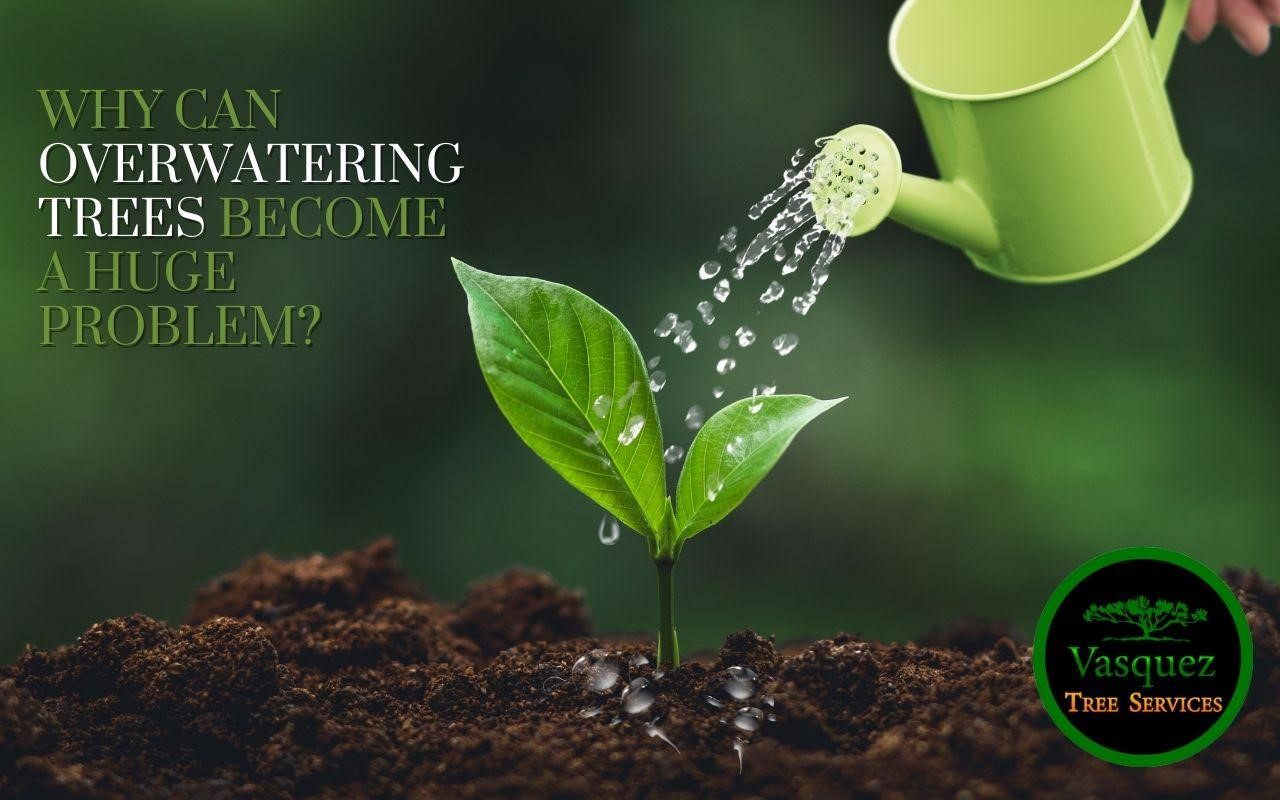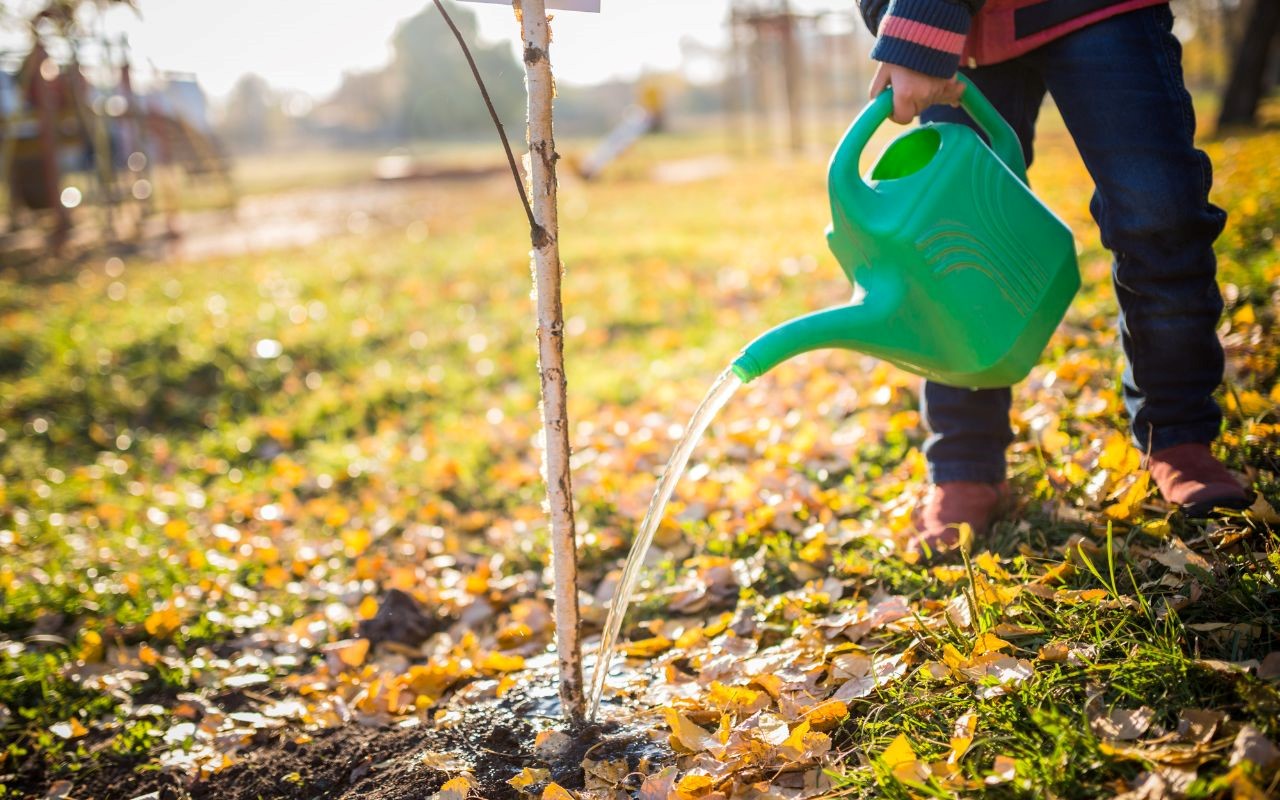
Why Can Overwatering Trees Become a Huge Problem?
Overwatering trees can be a severe issue for homeowners and gardeners, as too much water can cause damage to the tree’s root system. Furthermore, overwatering causes the roots to stay in wet and oxygen-deprived soil for long periods. If overwatered, a tree may start to suffer from disease or rot and become more vulnerable to pests.
What Are the Signs of Overwatering Trees?
The signs of overwatering can be subtle at first but may become more noticeable over time. The most common symptoms of overwatering trees include wilting or yellow leaves, discoloration on the tree’s bark, stunted growth, and fungal growth around the tree’s base.
How to Avoid Overwatering Trees?
The best way to avoid overwatering is by getting familiar with the water needs of the particular tree species you are growing and watering it accordingly.
Other methods include:
- Regularly testing the soil’s moisture level.
- Avoiding overwatering in areas with poor drainage.
- Using a rain gauge to measure rainfall and supplement when required.
Also, proper mulching techniques can help retain soil moisture and prevent overwatering.
Remember, overwatering trees is just as damaging as underwatering them, so pay attention to your tree’s needs and water accordingly! You can keep your trees healthy by learning more about their essential maintenance.
Why is it important to learn how to water trees properly?

It is vital to water your trees adequately to keep them healthy. The best way to do this is by understanding the watering needs of the particular tree species you are growing and watering it accordingly.
The key to proper watering trees is understanding the needs of the species you are planting. Different tree varieties require different amounts of water and have various water-holding capacities in the soil.
As a general guideline, it’s best to provide deep, infrequent soakings rather than frequent, shallow watering. It allows the water to penetrate deep into the soil where tree roots can access it and encourages more profound root growth. Additionally, if your tree is planted in an area with low moisture retention or a hot climate, you may need to provide supplemental irrigation.
What if you currently notice that your trees have excess water?

If overwatering occurs, remedy it as soon as possible. As we mentioned, symptoms of overwatering can include wilting, yellowing leaves, and slow or stunted growth. Unfortunately, overwatering is challenging to correct because the excess water has caused a decrease in the oxygen supply in the soil.
To reduce overwatering, direct irrigation away from the trunk, avoid watering during periods of heavy rain, and irrigate only when the soil is dry. Add organic matter (such as compost) to your ground to improve drainage and water retention.
If overwatering persists, consider using mulch or installing a drip irrigation system to control better the amount of water applied. With proper care, overwatering can be avoided. However, an expert opinion is always the best option; call Vasquez Tree Services today for a personalized consultation.



